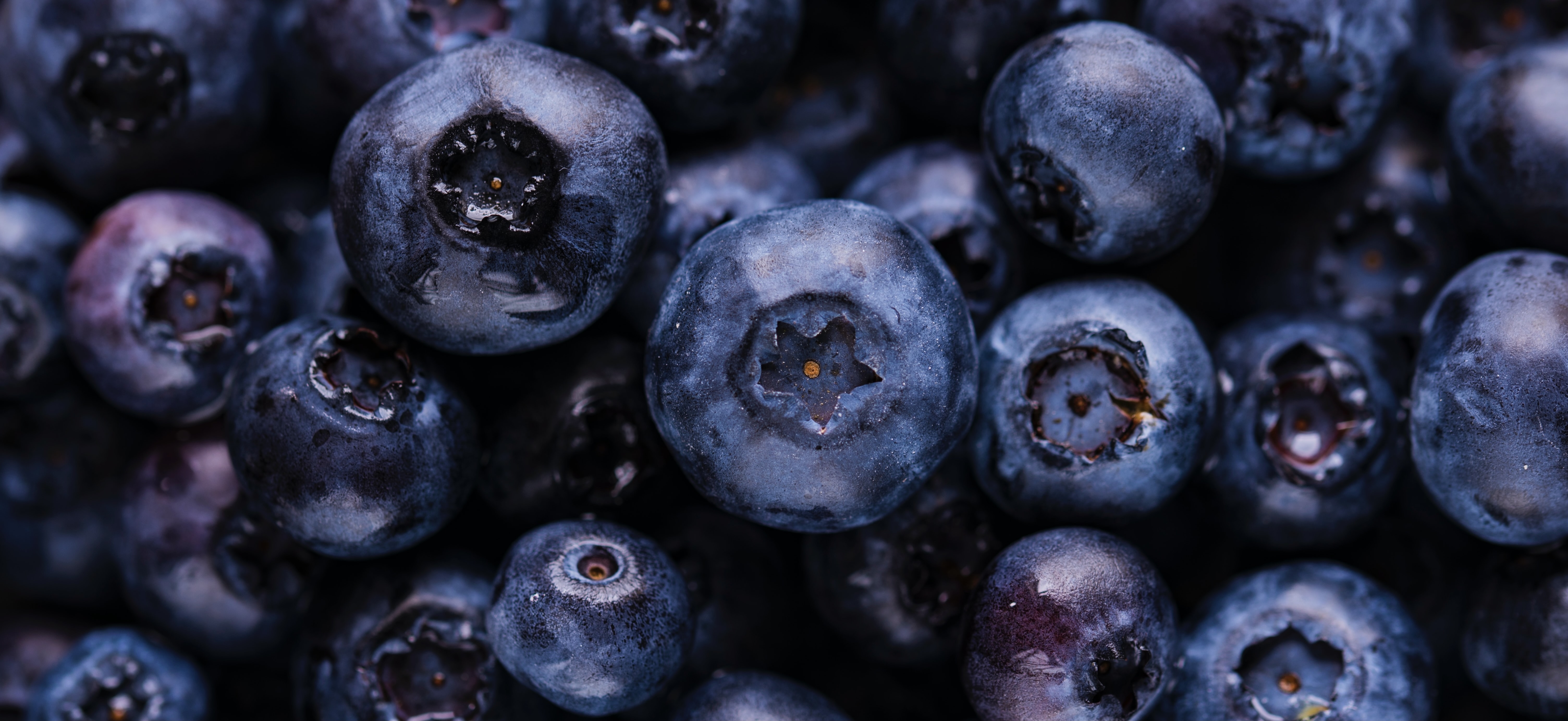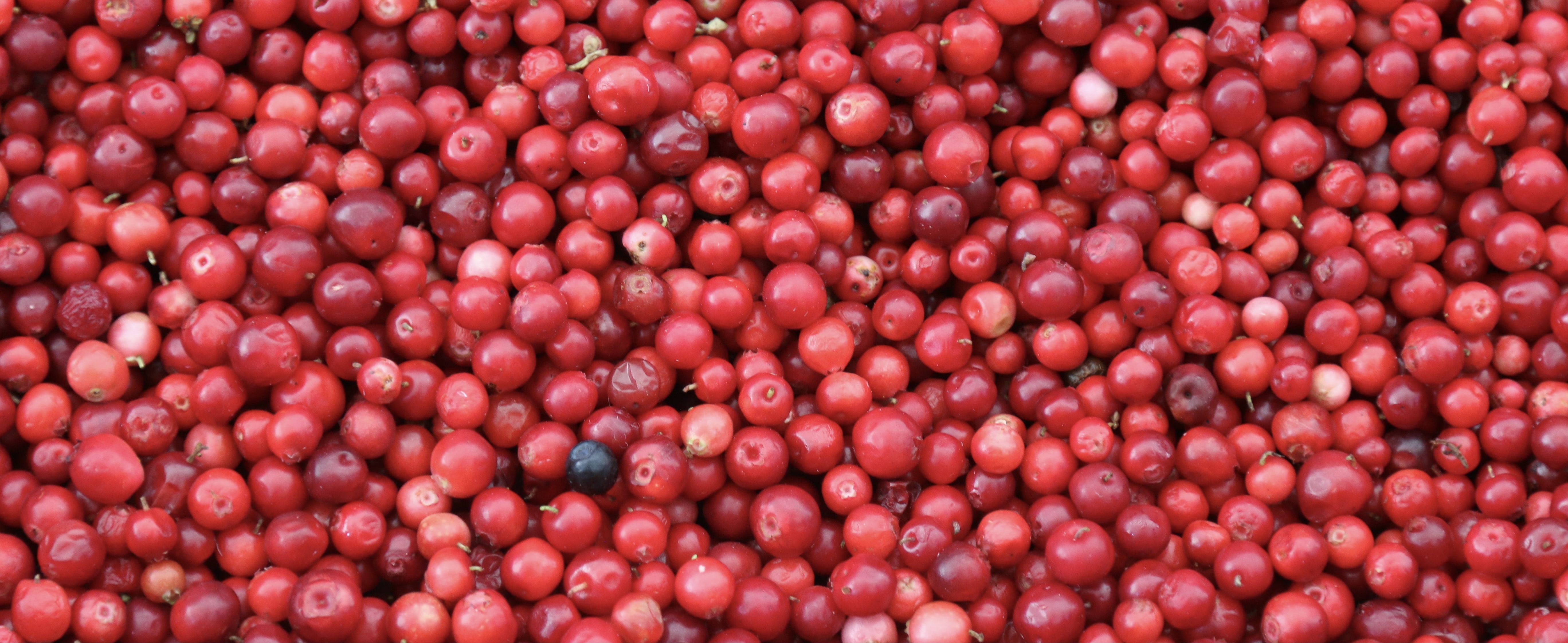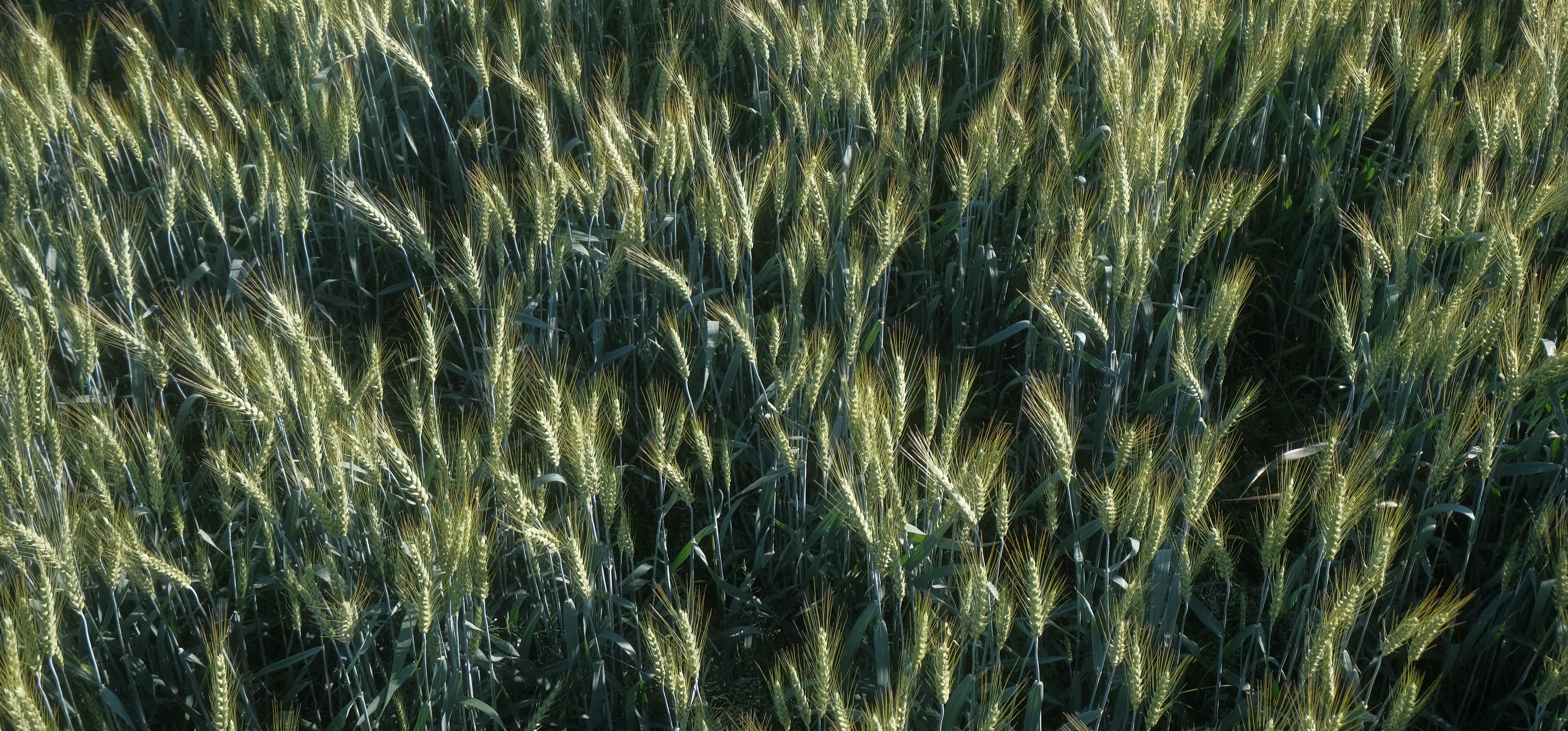It seems like every week a new “superfood” finds a way to make headlines. One week it’s kale, the next week it’s avocado.
Because of that, the word “superfood” has turned into a buzzword. And thanks to clever marketing, it’s being slapped on just about anything. (Butter? Really?)
With all the confusion and misinformation, many people are left wondering: what are superfoods, anyway?
Is there a Harvard-like admissions process to become a superfood? Or is there a super secret superfoods society who hand selects their newest super members? And is there any truth to these superfood claims?
Read on for the answers to these questions and more!

What are superfoods?
A quick Google search for the definition of a superfood says it’s “a nutrient-rich food considered to be especially beneficial for health and well-being.”
OK great, but what does that really mean?
To put it simply, superfoods are nutritional powerhouses. Superfoods are extremely high in micronutrients like vitamins, minerals, as well as antioxidants, enzymes and health fats. All of these nutrients are essential to your body so you can thrive.
Or to put it another way: Superfoods are the superheroes of the plant world. But instead of fighting crime, superfoods fuel your body so it can fight back against chronic disease and other nutrient deficiencies.
And even though superfoods aren’t marked with an “S” logo like Superman or wear cute little capes, they’re not as elusive as they sound. In fact, you’ve probably seen some of them at your local health food store or grocery store.
The majority of superfoods are found in nature and grow from the soil: fruits, vegetables, seeds, grasses, seaweed (or algaes) and leaves.

Top 20 superfoods
While it’s true that no one food is a medical cure-all, multiple scientific studies have shown that certain foods provide greater health benefits than others. Here are some of the foods that have earned themselves the title of “superfood” — and the science to back it up.
1. Açaí
Açaí (pronounced ah-sigh-ee) berries are native to Central and South America, especially Brazil where they grow in parts of the Amazon rainforest. Also known as the Brazilian beauty berry, their high antioxidant content (more than blueberries or cranberries) can help prevent signs of anti-aging and keep your skin looking youthful and healthy.
2. Acerola Cherry
Despite its name, an Acerola cherry is not a true cherry. The cherry-like berries contain one of the highest levels of vitamin C — even more than oranges. Acerola is also a rich source of vitamin A and antioxidants.
3. Alfalfa
Alfalfa is a foraging crop. While it’s primarily cultivated for animal feed (especially for its hay), alfalfa sprouts have an impressive nutritional profile. In addition to being rich in vitamins and minerals, alfalfa has been shown to lower cholesterol levels as well as reduce inflammation and oxidative damage caused by free radicals.
4. Banana
Bananas are one of the world’s most popular fruits, making them an easy and accessible superfood to add to your diet. Most people know that bananas are a great source of potassium, which is beneficial for heart health. A banana’s fiber content also aids in digestion and keeps blood sugar levels from spiking.
5. Baobab
Baobab (pronounced bay-oh-bab) is a fruit from Africa’s “Tree of Life.” The antioxidant- and polyphenol-rich fruit has been used for centuries to treat many ailments. Thanks to its high vitamin C content (7-10 times more than oranges!) baobab can boost the immune system and increase iron absorption. Studies have also show the African superfruit can regulate blood sugar and improve digestion. (Read more about Baobab here.)
6. Barley Grass
Barley is a nutrient-rich food loaded with vitamins and minerals such as fiber, iron and calcium. Research shows barley grass can not only boost the immune system, but it can also kill cancer cells.
7. Blueberries
Blueberries are proof that superfoods come in small packages. These tiny, but mighty berries are loaded with disease-fighting nutrients like antioxidants and phytochemicals as well as high levels of vitamin K, C and E.
8. Cacao
Cacao is cocoa’s healthier cousin. Not only does raw cacao contain 300 different chemical compounds, the antioxidant content is 4 times the amount of regular processed dark chocolate and 20 times more than blueberries.
9. Carob
Similar to cacao, carob is rich in antioxidants (gallic acid and flavonoids) which kills cancer cells. Carob is also high in fiber, calcium (and oxalate-free, so it won’t inhibit the body to absorb it) and potassium.
10. Chia Seeds
Ch-ch-chia became a household name in the 80s thanks to those As Seen On TV grass planters. However, chia seeds date back as far as 3500 BC and they were a staple in the Aztecs’ diet. In Mayan, “chia” means strength, which makes sense considering chia seeds are an excellent source of protein. They’re also rich in omega-3 fatty acids, fiber and antioxidants.
11. Chlorella
Chlorella is a powerful micro-algae that contains more chlorophyll than any other plant. Because of that, chlorella has been shown to protect the body against radiation treatments. Research also shows that chlorella detoxifies heavy metals from the body and keeps them from being absorbed.
12. Coconut
While coconuts are usually associated with tropical vacations, this exotic fruit is actually a great source of healthy fats and essential nutrients.
13. Guarana
Guarana berries are native to Brazil and they have been used for centuries by Amazonian tribes for its therapeutic properties. Due to its natural caffeine content — 4 to 6 times more than coffee beans — guarana has been shown to reduce fatigue and improve focus.
14. Lucuma
Lucuma (pronounced loo-koo-mah) has been consumed in South America since 200 AD and is known as the “gold of Incas.” The sweet tasting fruit is rich in polyphenols and carotenoids, which can protect against chronic diseases like heart disease and diabetes. Lucuma also contains fiber, calcium, iron and vitamin C.
15. Maca
Also known as Peruvian ginseng, maca root is similar to cruciferous vegetables like broccoli and cauliflower. Several studies have shown maca to be a natural mood booster by reducing depression and anxiety symptoms. Other interesting benefits includes an increase in libido (in both men and women) and an increase in fertility in men.
16. Maqui
Maqui berries are extremely high in antioxidants — three times more than blackberries, blueberries, strawberries and raspberries. They’re primarily rich in anthocyanins, which give the berries their dark purple color. Anthocyanins have been shown to reduce free radical damage, reduce the risk of high blood pressure and even suppress tumor growth.
17. Matcha
Matcha, or powdered green tea, contains 3 times more catechins (a type of antioxidant) than regular brewed green tea. The natural caffeine in matcha has also been found to promote alertness while avoiding a crash in energy levels. Additional research shows matcha improves attention, reaction time and memory.
18. Moringa
Moringa is rich in antioxidants as well as protein, potassium and calcium. It also contains 6 times the amount of iron than kale and provides all 9 essential amino acids. As far as health benefits go, research shows moringa fights inflammation, supports brain and cardiovascular health and reduces liver damage.
19. Spirulina
Spirulina is a blue-green mirco-algae and one of the most nutrient-dense foods available. The Aztecs, who referred to spirulina as “Tecuitlatl,” consumed it for energy and strength, which makes sense considering it’s a complete protein source. There are also 70+ peer-reviewed articles that demonstrate spirulina’s anti-cancer effects.
20. Wheatgrass
Wheatgrass (which, by the way, is gluten-free) is an edible grass that’s high in vitamins A, C and E as well as iron and calcium. It also contains 17 amino acids — 8 of which the body can’t produce on its own — and chlorophyll. Research has shown wheatgrass can help kill cancer cells and reduce oxidative stress.

Why superfoods are important
The truth is, 90% of the American population don’t eat enough fruit and vegetables. According to the CDC, Americans eat fruit once a day and vegetables less than 2 times per day.
In fact, not eating enough fruit is the #1 dietary risk and it’s the cause of 4.9 million deaths worldwide.
So why not grab an extra banana or eat salad a salad once or twice a week? That will solve the problem, right? I think we can all agree that everyone would benefit from eating more fruits and vegetables.
But here’s something you may not know: conventionally grown produce is not as nutritionally dense as they used to be. Here’s 3 reasons why:
1. Long supply chains
Do you know where your food comes from and what it takes to get to you? According to The Harvard Medical School Center for Health and the Global Environment, food transported long distances is not likely to be as nutritious. This is because foods are usually harvested early (e.g., bananas are picked when they are still green) and ripened in storage with the help of chemical gases, such as ethylene gas. Food will also continue to ripen during transport.
2. Monocrops
A monocrop is a crop that grows in the same place year after year. As a result, it depletes the soil of its nutrients. Monocrops also require larger amounts of synthetic herbicides (such as glyphosate, which is a known carcinogen) and pesticides. The harmful residues not only remain on the crops, but they also leach into the soil and pollute groundwater supplies.
3. Soil depletion
Multiple studies published in scientific journals show soil depletion is affecting the nutrient density of fruit and vegetables.
One study, published in the “Journal of the American College of Nutrition,” studied U.S. Department of Agriculture nutritional data from both 1950 and 1999. The researchers found 43 different vegetables and fruits, finding “reliable declines” in the amount of protein, calcium, phosphorus, iron, riboflavin (vitamin B2) and vitamin C over the past half century.
The lead researcher, Donald Davis, said: “Efforts to breed new varieties of crops that provide greater yield, pest resistance and climate adaptability have allowed crops to grow bigger and more rapidly, but their ability to manufacture or uptake nutrients has not kept pace with their rapid growth.”
When you eat superfoods, you’re getting more bang for your nutritional buck thanks to their ‘super’ nutritional profile.
What’s more, superfoods that are organically grown are grown without harmful chemicals. They also contribute to healthier and more nutrient-rich soil, combats soil erosion and supports water conservation amongst other things.

Supplement vs. superfood: which one is better
Why would you eat superfoods when you can pop a pill or multivitamin?
Over half of the U.S. population takes synthetic supplements like multivitamins, which are artificially made and contain isolated nutrients.
Research shows that it’s unclear how well synthetic nutrients are absorbed in the body, if at all.
Studies are also mixed on the effectiveness of multivitamins. Some show that they can be effective, while others concluded they have no effect, or even worse, they increase your risk of certain diseases. Other synthetic nutrients can be harmful, especially since the FDA does not review supplements for safety and effectiveness.
The bottom line: When you eat real food that grows in nature, you’re not consuming isolated nutrients. Instead, you’re eating a variety of micronutrients that your body can use. It’s also better for your health and well-being in the long run.
(Note: Certain groups may require certain supplements for their health. Consult your doctor before you start taking vitamins or supplements.)
How to add superfoods to your diet
Superfoods are a quick and easy way to nourish your body with natural vitamins and minerals nutrients, yet stepping into the world of superfoods can be intimidating and is often met with skepticism.
As you can see from the list above, superfoods like bananas and blueberries can be found at any grocery store. But an even easier way to consume superfoods is in powdered form.
Superfood powders can be added to smoothies, oatmeal, water, yogurt, dressings — the possibilities are endless!
Want to get started with superfoods? Click here to check out our collection of functional superfood mixes.








